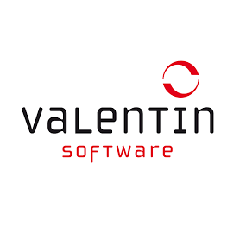New version of the simulation program GeoT*SOL for heat pumps adapted to the latest developments and guidelines
With the revised 2019 version of the software GeoT*SOL, Valentin Software is extending the scope of its design program for heat pump systems. As before, air heat pumps and those with geothermal probes that extract their heat through drilling down to a depth of 100 meters can be calculated and simulated. And it is also possible to design heat pump systems that use groundwater or geothermal collectors laid horizontally in the ground as a heat source. In addition to the heat performance factor, the program calculates the annual energy yields and makes statements on cost-effectiveness and emission reduction compared to conventional systems. The software graphically presents all the results. These include the annual course of the relevant temperatures, the useful heat and the electrical energy as well as the weekly heat performance factor.
New bivalent systems with heat pump and additional heat generators
When designing a system, the user can choose between various predefined system configurations that have proven themselves in practice. In addition to the monovalent and monoenergetic systems with heat pump and solar thermal system, new bivalent systems with additional heat generators have been added. Thus, it is possible to simulate existing systems with condensing boilers, compact heating systems and other boilers, with the addition of a heat pump. New plants with a conventional heat generator as backup can now also be simulated and optimized. In addition to heat pumps, all heat generators can of course also be selected from a comprehensive and up-to-date database of nearly 1,600 products. For the simulation, the operating mode can be selected and parameterized from a large number of possible combinations of monovalent, monoenergetic and bivalent systems with parallel, partially parallel or alternative operation.




























